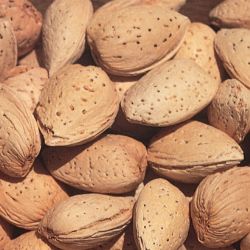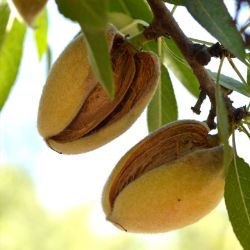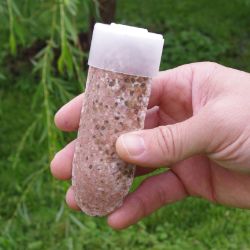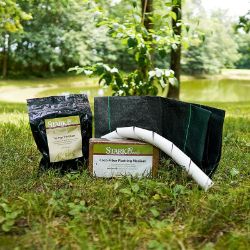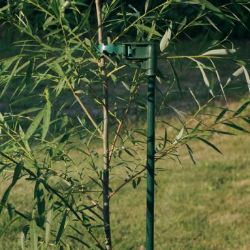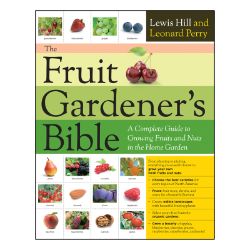Planting Almond Trees
Successfully establishing a young nut tree in your yard starts with your planting site and method. Once a tree is established, it needs little assistance to grow and produce; but you’ll want to make sure you give your tree the best foundation possible.
NOTE: This is part 4 in a series of 11 articles. For a complete background on how to grow almond trees, we recommend starting from the beginning.
Nut trees require fertile soil for good growth, so before you plant, check your soil nutrients and pH. Contact your local County Extension Office for information about soil testing in your area, or purchase one of our digital meters for quick and accurate results. For almonds, your ideal soil pH should be 6.0-7.0. Steer clear of soils that are extremely heavy or poorly drained.
Planting
- Space your almond trees 15’ to 20’ apart.
- Dig a hole wide and deep enough to accommodate the root system.
- Wet the roots thoroughly before planting.
- Many nut trees have just one main root, almost like a giant skinny carrot. With most nut trees, this taproot should not be trimmed or bent when planted.
- Spread the roots out in the hole to prevent matting. Do not bend or trim main taproot.
- Plant at the same depth as they were grown at the nursery. Bare root trees will have a noticeable color difference between the roots and the trunk--plant at the depth of this color difference. Place a potted tree the same depth it was growing in the pot.
- Refill hole with enhanced soil. Tamp soil firmly about roots as you add each shovel of dirt.
- When hole is ¾ full, add two buckets of water, the last bucket should be treated with Stark® Tre-Pep® Fertilizer and let soak in. (If planting in the fall, wait to fertilize until spring for best results.)
- Finish filling hole.
After Planting
- Prune your new bare root tree by cutting off at least one-third to one-half of the top (but not below the bud/graft union). This is essential. This forces your tree to grow a strong sprout that will become the main trunk. Take our word for it: severe pruning at planting time gets your new tree off to the best possible start. Potted nut trees do not need pruning.
- Paint trunk with a white latex paint and/or wrap trunk within 4” of top using Stark® Tree Guards to prevent rodent injury and sun scald.
- Mulch about June 1. Keep all weeds away from trees the first few years with mulch or regular cultivation.
Additional Notes
- All-In-One variety only grows to about half the size of a normal almond tree, only around 15 feet tall. This makes it ideal for back yards where space is an issue. It is considered the best crop for home orchards. It is a self-pollinating tree, which means it does not need another tree near it in order to bear fruit, so you can grow just one tree. This also makes it valuable because it can be used as a pollinator to pollinate almond trees that cannot self-pollinate. The fruit from this tree ripens in late September or early October and is considered a soft-shelled nut.
- Hall’s Hardy variety is a hard shell small nut variety, which ripens in October. This variety also has a pink bloom and is often planted just for its beautiful flower. It is a full size almond tree that does better with a pollinator such as the Garden Prince or and the All-In-One. The Hall’s Hardy is very cold tolerant and in fact requires 600-800 chill hours to fruit.













